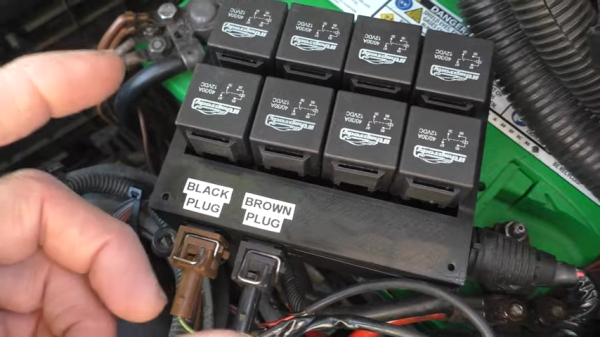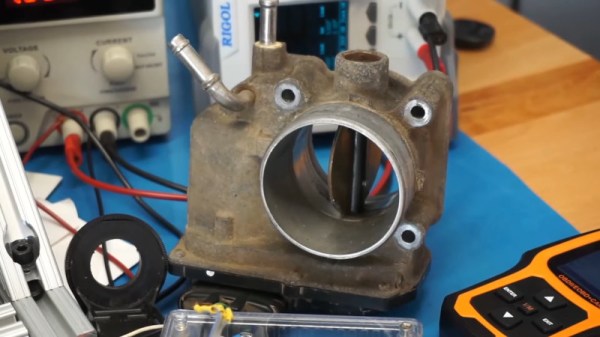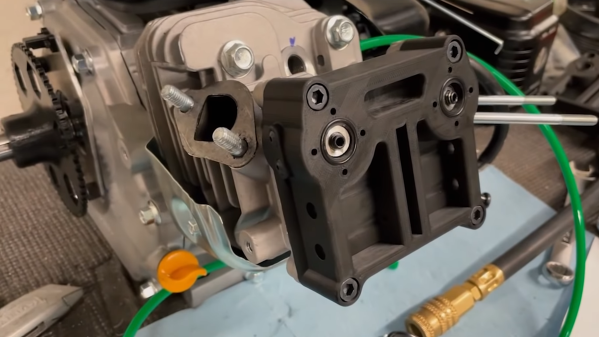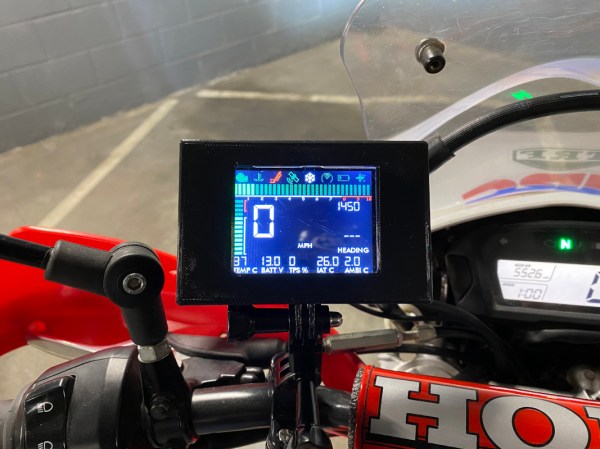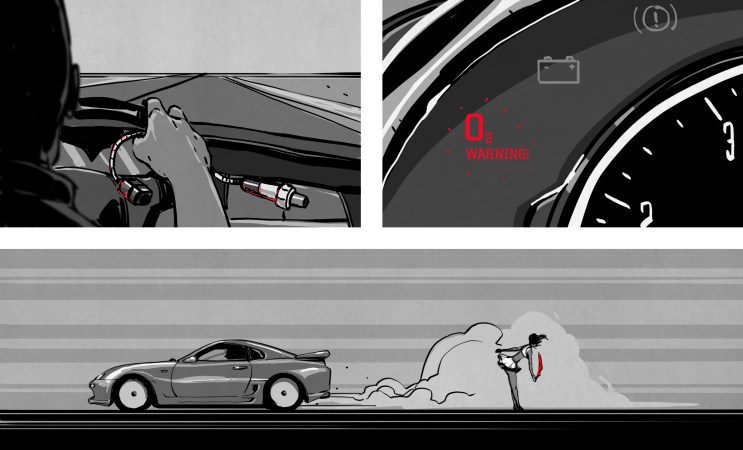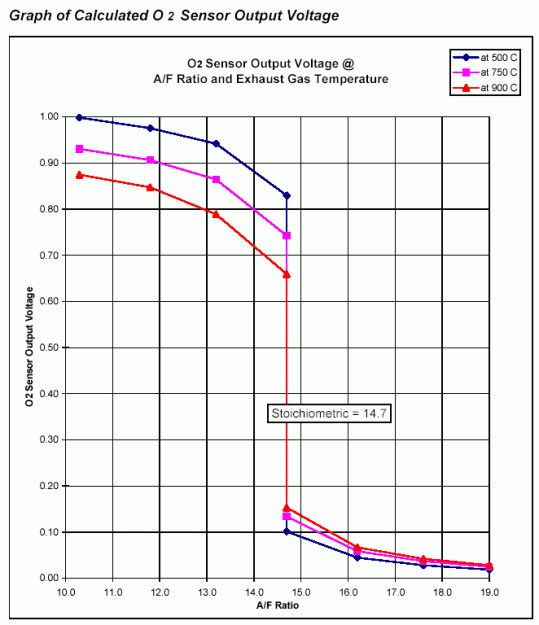A “Check Engine” light on your dashboard could mean anything from a loose gas cap to a wallet-destroying repair in the offing. For [Dean Segovis], his CEL was indicating a fairly serious condition: a missing transmission. So naturally, he built this electronic transmission emulator to solve the problem.
Some explanation may be necessary here. [Dean]’s missing transmission was the result of neither theft nor accident. Rather, he replaced the failed automatic transmission on his 2003 Volkswagen EuroVan with a manual transmission. Trouble is, that left the car’s computer convinced that the many solenoids and sensors on the original transmission weren’t working, leaving him with a perfectly serviceable vehicle but an inspection-failing light on the dash.
To convince the transmission control module that a working automatic was still installed and clear the fourteen-odd diagnostic codes, [Dean] put together a block of eight common automotive relays. The relay coils approximate the resistance of the original transmission’s actuators, which convinces the TCU that everything is hunky dory. There were also a couple of speed sensors in the transmission, which he spoofed with some resistors, as well as the multi-function switch, which detects the shift lever position. All told, the emulator convinces the TCU that there’s an automatic transmission installed, which is enough for it to give the all-clear and turn off the Check Engine light on the dash.
We love hacks like this, and hats off to [Dean] for sharing it with the VW community. Apparently the issue with the EuroVan automatic transmissions is common enough that a cottage industry has developed to replace them with manuals. It’s not the only questionable aspect of VW engineering, of course, but this could help quite a few people out of a sticky situation.
Continue reading “Replace Your Automatic Transmission With A Bunch Of Relays”

